Last updated: November 24, 2025
Article
The Explore Nature Thanksgiving List
25 in 2025
For many, Thanksgiving is a time for taking stock of all of the things that we’re grateful for and to appreciate what we have. So, here’s our list of 25 things we’re thankful for this year and 25 ways to give back and “say thanks” by enjoying, protecting, or discovering more. What would you add to this list?

NPS/Kent Miller
1. Wildlife
National parks offer unparalleled opportunities to watch wildlife. Birds, otters, and bison are fascinating, and watching wildlife is both exciting and relaxing at the same time.
Say Thanks: Learn the 7 ways to safely watch wildlife
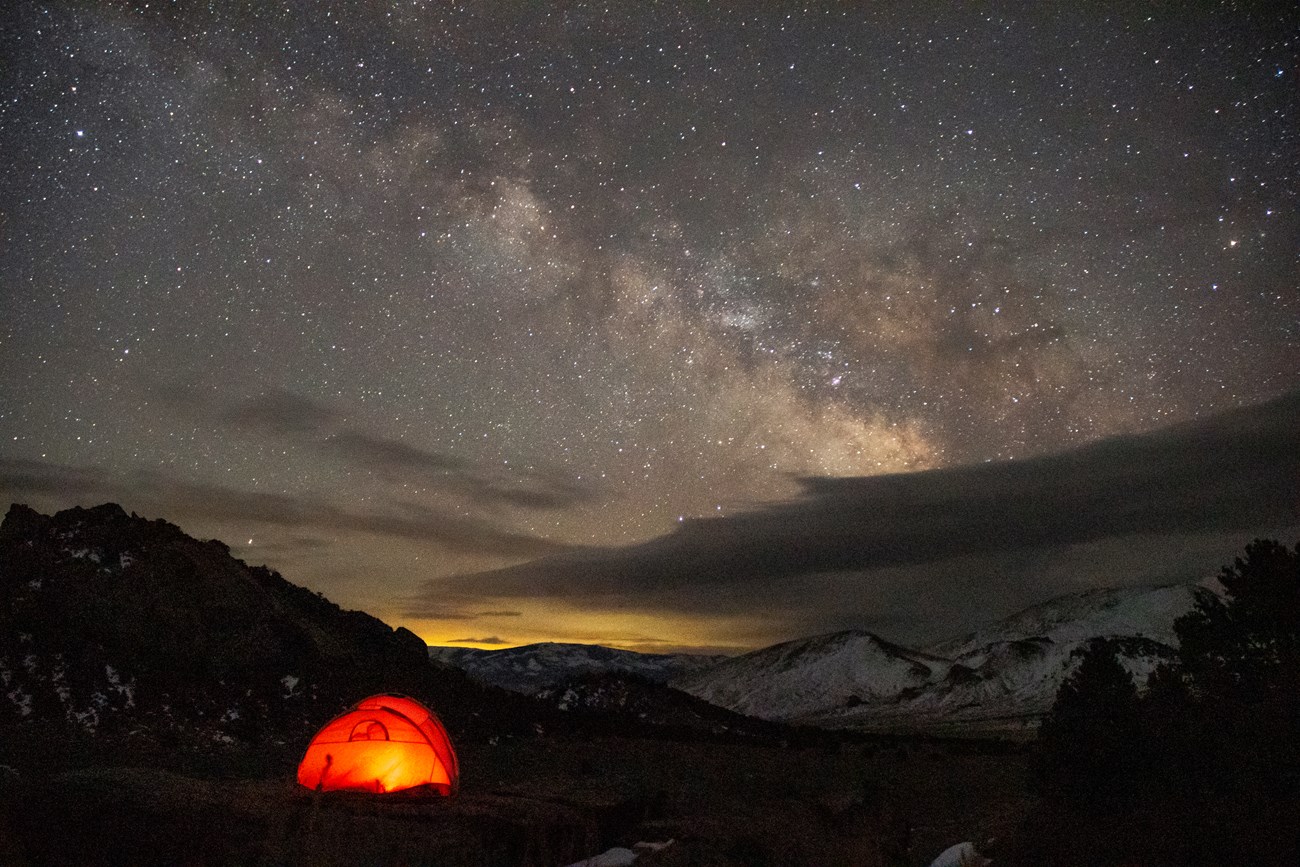
Savana Jones
2. Camping Opportunties
You can camp any time of the year! Breathing fresh air and disconnecting from devices are so good for our mental health and wellness.
Say Thanks: Explore nature through camping and find out how you can Leave No Trace during your next trip.

NPS / J. Frank
3. Time on Trails
Exploring national parks through trails, bikeways, boardwalks, nature trails, and even off-trail in remote Wilderness areas brings us closer together and healthier!
Say Thanks: Discover trails and hiking in national parks.

NPS
4. Invasive Plant Management Teams
The dedicated people on the 17 Invasive Plant Management Teams work hard to rid our beautiful parks of harmful invasive plants.
Say Thanks: Find out how you can help stop the spread of invasive species before you recreate, after, and at home.
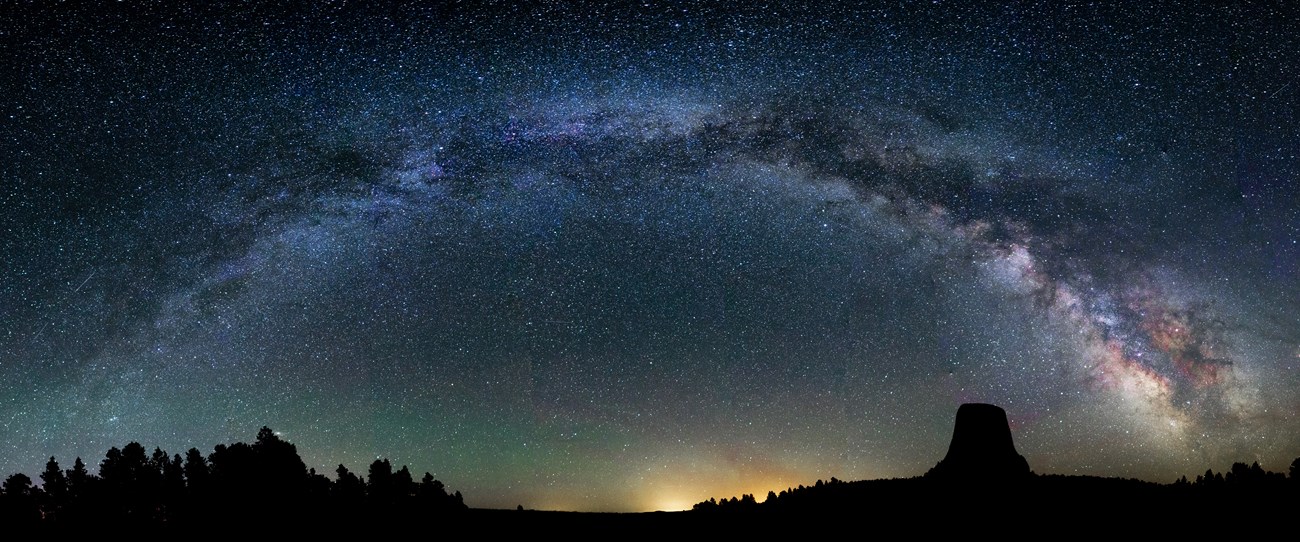
NPS / Damon Joyce
5. Starry Skies
Looking up at the night sky and getting lost in the Milky Way is always a source of inspiration. We are so lucky to have 35+ certified dark sky parks and dedicated scientists who work to monitor and protect our night sky resources.
Say Thanks: Become a Junior Ranger Night Explorer and get aquainted with the dark.
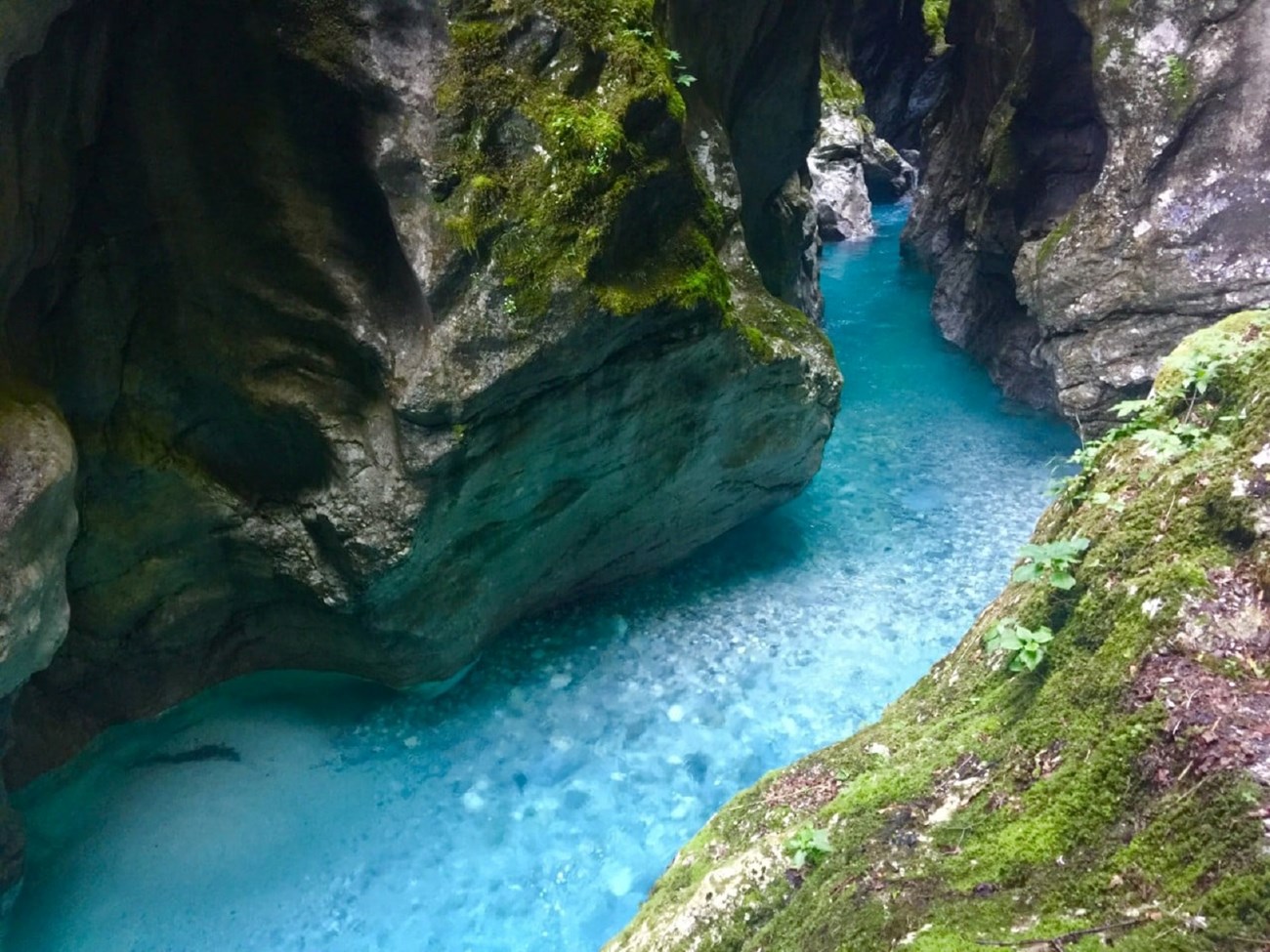
NPS
6. Clean Water
For drinking, for healthy ecosystems, water is the foundation of life. Parks feature some of the most pristine waters in the country. From rushing rivers to mountain lakes, active wetlands, and even the water you can’t see. All contribute a healthy functioning ecosystem.
Say Thanks: Find out how you can help conserve water at home and when you visit parks.
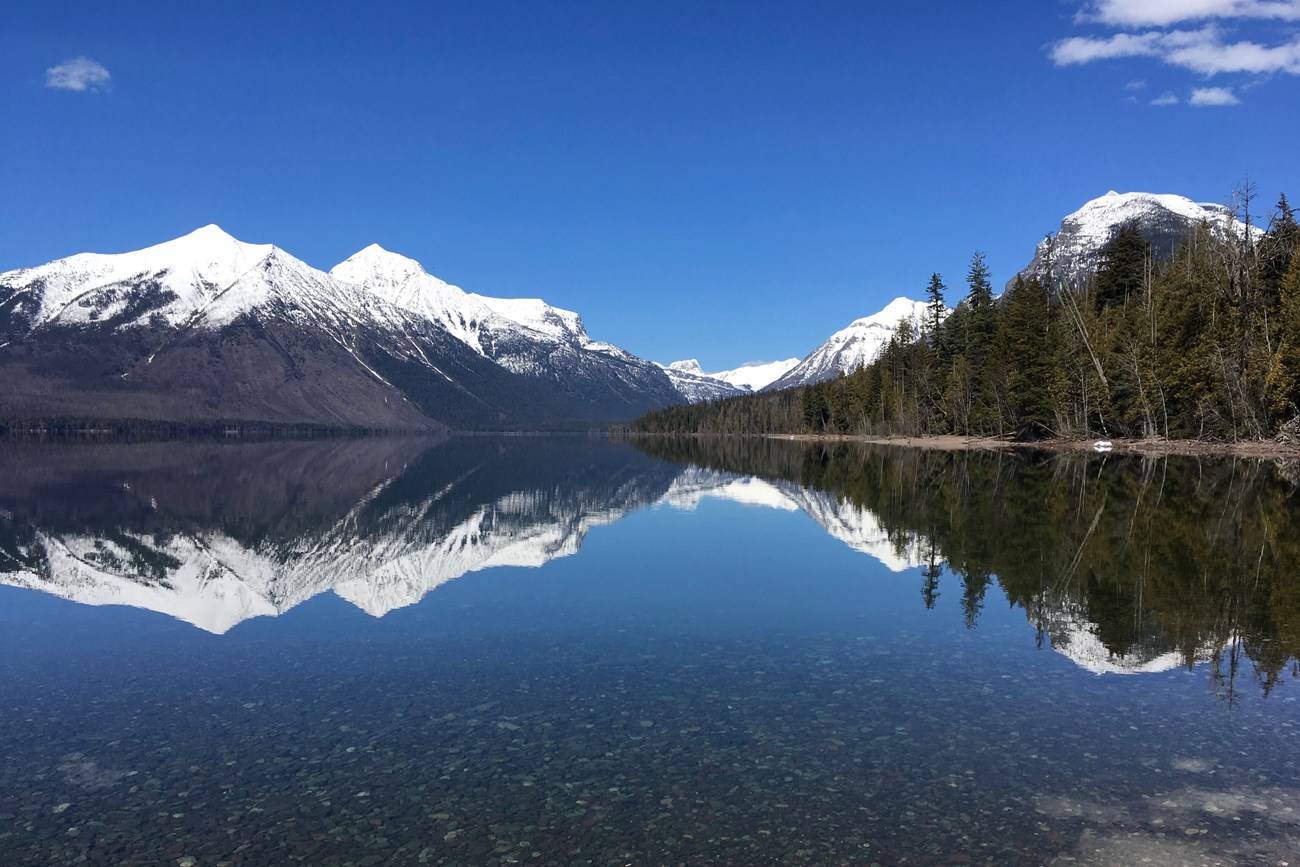
NPS
7. Clean Air
Take a deep breath. Clean air helps people breathe easy and see far. It keeps our parks and planet healthy too! We work hard to monitor the air quality in parks.
Say Thanks: Discover how you can save energy and money while reducing air pollution at home.

NPS Daniel Peterson
8. Pollinators
More than 75 percent of the Earth's flowering plants depend on bees, butterflies, birds, bats, and other pollinators. In fact, they're responsible for 1 out of 3 bites we take each day!
Say Thanks: By planting native plants for pollinators.

NPS / Jacob W. Frank
9. Our National Mammal
Bison are more than just majestic “fluffy cows,” they are symbols of our shared American history and culture. No other wildlife species has had as much impact on humans and the ecosystems that they occupied than bison.
Say Thanks: Learn about the centuries of intertwined history of people and bison.

NPS
10. Dinosaur Bones
Pretty much every child goes through a dinosaur phase. Some never grow out of it! Why? Because they’re awesome! Fossils, such as dinosaur bones, are evidence of ancient life. They are irreplaceable pieces of America's geologic heritage and tell the stories of America long before the United States existed.
Say Thanks: Learn more about fossils and paleontology in the National Park Service.

NPS / Jim Peaco
11. Natural Sounds
Frogs, birds, and thunderstorms are some of the first natural sounds that come to mind. But national parks are home to many other natural and cultural sounds as well, such as singing sands, insects, and alligators.
Say Thanks: Explore our natural sounds gallery.

NPS / Jonathan Shafer
12. Helpful Rangers
Some ranger host fireside chats, some answer questions in visitor centers, some do search and rescues operations; they’re all superstars!
Say Thanks: Say thank you in person! Plan your next trip to a park.
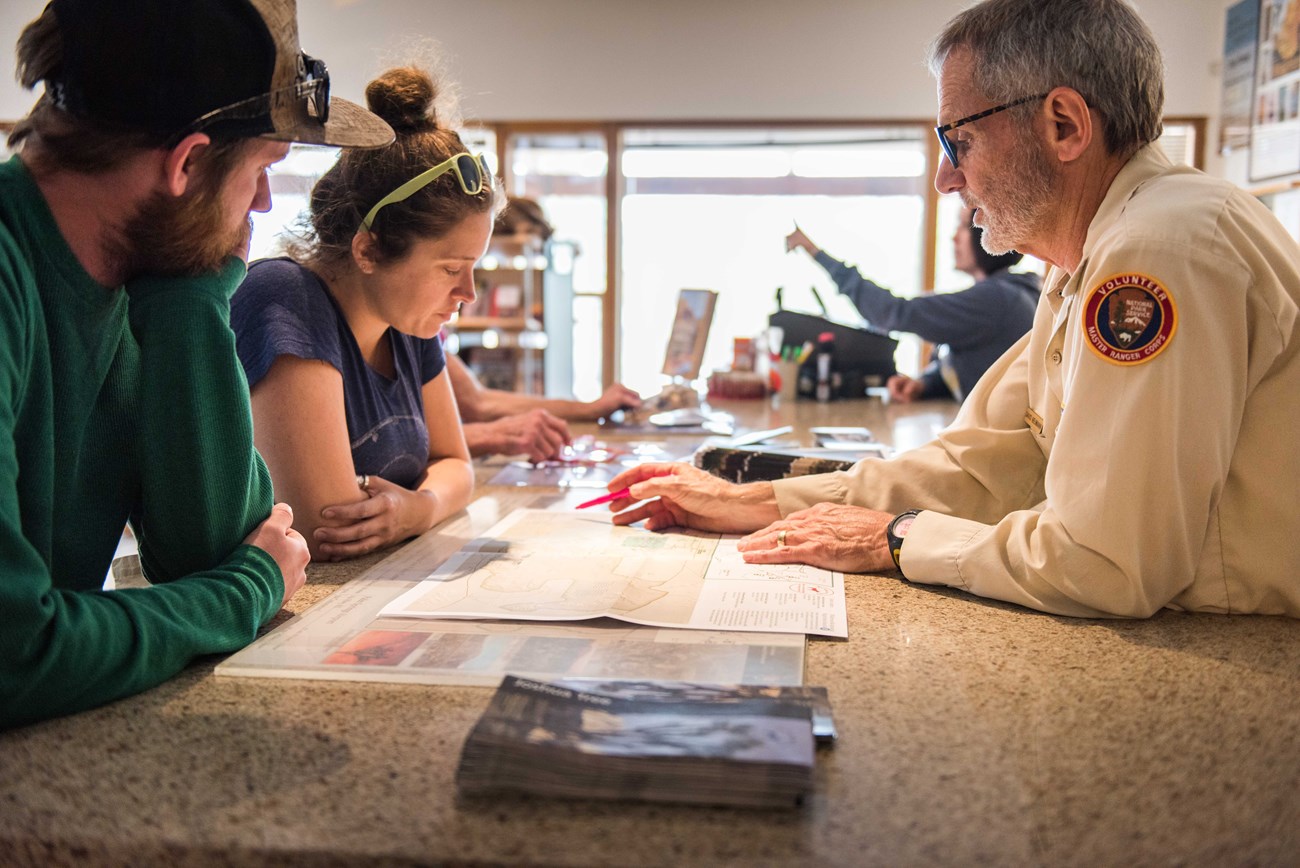
NPS Photo
13. Volunteers in Parks
Volunteers in Parks are the most important VIPs! They make our special places even better. Some help with campgrounds, some in visitor centers, and some even help build the trails that you enjoy!
Say Thanks: Learn more about how you can get involved by volunteering with us.
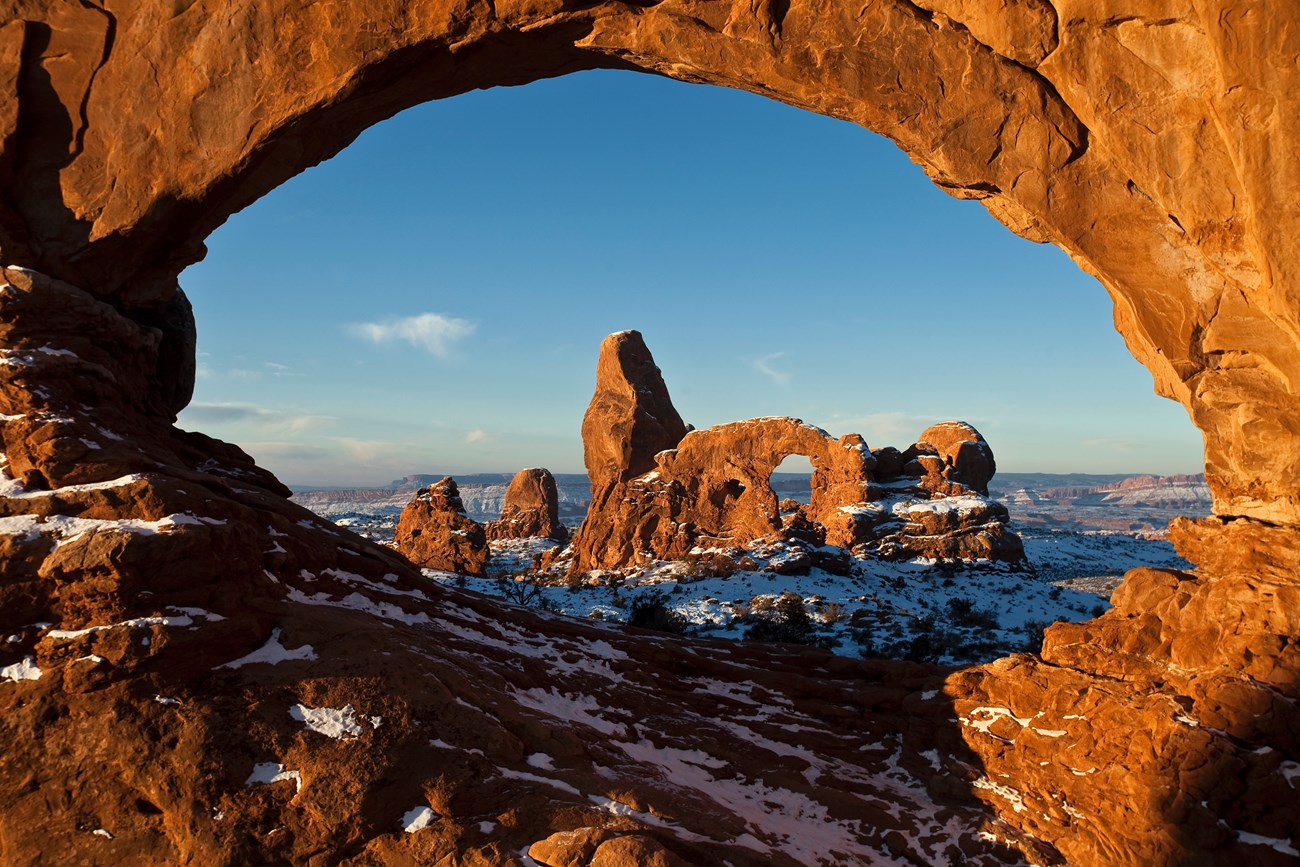
NPS Jacob W. Frank
14. Geology
There are amazing stories hidden in our rocks and landforms that tell us about the Earth’s 4.5-billion-year history. From the tallest peaks to the deepest caves, geology in national parks is sure to amaze!
Say Thanks: Discover America’s geologic legacy.

NPS
15. Protected Endangered Species
Some at-risk species such as the Shenandoah salamander, Franciscan manzanita, and Island scrub jay are only found in parks. Thanks to legislation like the Endangered Species Act, Migratory Bird Treaty Act, Bald and Golden Eagle Protection Act, and Marine Mammal Protection Act, we are better able to protect our most at-risk species.
Say Thanks: Learn more about the laws that protect at-risk species.

NPS
16. Scenic Views
Close your eyes and imagine a national park. Chances are a scenic view from a visit to a park comes to mind. Scenic views in national parks inspire and connect us to the natural world and our cultural heritage.
Say Thanks: Discover how to Enjoy the View Like Us! as National Park Service employees share their favorite views in parks.

NPS
17. Scientists
Scientists help us understand our world. The work that they do in parks is essential for making management decisions for the future of our parks. We're also thankful for our Scientists in Parks program that helps connect aspiring scientific professionals with parks to work on natural resource management needs.
Say Thanks: Meet the National Park Service scientists that help preserve and protect our special places.

NPS / Brett Seymour
18. Oceans
There are 88 ocean, coastal, and Great Lakes park units in the National Park Service. They’re teeming with life, they help regulate our climate and the recreational opportunities are basically endless!
Say Thanks: Find out how you can help protect our oceans by living blue.

NPS Photo
19. Park Science Magazine
Park Science Magazine gives voice to the science conducted in the National Park Service. Discover the advances in science and technology that helps us preserve, understand, and enjoy our public lands.
Say Thanks: Read the Summer 2024 issue and keep an eye out for the Winter 2024 issue in December.

NPS
20. Research Learning Centers
17 Research Learning Centers help make science possible by supporting researchers who study parks, making research accessible to visitors, and making research applicable to conservation.
Say Thanks: Get involved in citizen science projects at Research Learning Centers.

NPS / K. Smigielski
21. Connected Conservation
Water, wildlife, lands, and air are all connected and don’t stop at park boundaries. By working together at a landscape-scale, we can make real progress in protecting our special places.
Say Thanks: Participate in Conservation At Home and find out what action you can take at home to help protect our natural resources.

NPS photo
22. Parks in Science History
Did you know that national parks are also laboratories for science? Since their creation, national parks have played a significant role in history of science and, therefore, the world's intellectual heritage.
Say Thanks: Learn about the role of national parks in the history of science in this article/video series: Parks in Science History.

NPS Photo
23. Inventory & Monitoring Networks
Good decisions start with good information! At hundreds of National Park Service sites across the country, staff from 32 Inventory and Monitoring networks gather, analyze, and information on key park natural resources. This information helps park managers make sound, science-based management decisions that help the National Park Service meet its mission to conserve America's most treasured places for the benefit of future generations.Say Thanks: Find an Inventory & Monitoring network in your region and learn more about why we monitor.

NPS / Claire Hassler
24. I Didn't Know That!
It's okay to say, "I didn't know that!" There is so much to explore and discover about the natural world, that nobody can be an expert on everything—that's why sharing knowledge is important. The I Didn't Know That! web series breaks down some of our most asked questions about the natural world, conservation, and rules to recreating responsibly.Say Thanks: Discover something new and share what you learn to pass it on!

NPS / M. Quinn
25. Our Public Lands
We love our public lands, but specifically national parks of course! We'll always think of them as America's Best Idea!
Say Thanks: Plan a visit to a national park and don’t forget to recreate responsibly.
